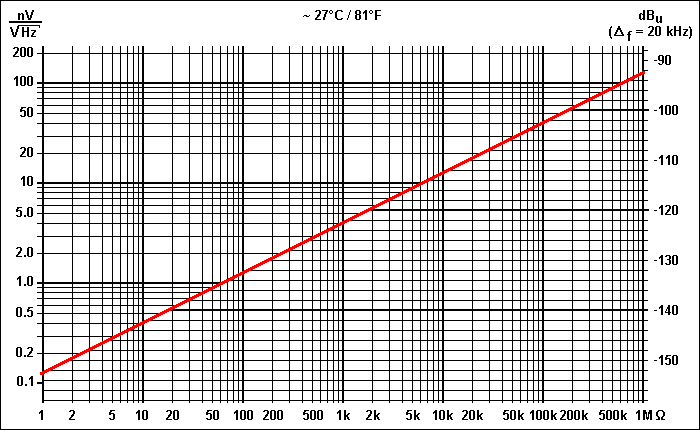troubleous
Member
Hi fellow builders and diyer's!
I'm building a stereo unit here and I have a peculiar problem:
One channel is working as expected and sounds very good and is dead silent.
The second channel works all the way up to "air" frequencies: I can hear only a very slight boost in selected air frequencies, even if I boost the air gain full on. With the working channel the air boos works as expected. When I flip the rotary switch through the air frequencies, I can hear them changing correctly, but the boost is just way too low.
I built the channels identical, measuring all the resistors and now I wen't through the resistors once more and all seem correct (*knocking on wood*). I also checked wiring many times but can't find anything. Also tried replacing the 500K pot for air gain, but the effect (or lack of it) still remains.
Anyone has a clue what could be the culprit/ problem here?
Thanks a lot in advance!
I'm building a stereo unit here and I have a peculiar problem:
One channel is working as expected and sounds very good and is dead silent.
The second channel works all the way up to "air" frequencies: I can hear only a very slight boost in selected air frequencies, even if I boost the air gain full on. With the working channel the air boos works as expected. When I flip the rotary switch through the air frequencies, I can hear them changing correctly, but the boost is just way too low.
I built the channels identical, measuring all the resistors and now I wen't through the resistors once more and all seem correct (*knocking on wood*). I also checked wiring many times but can't find anything. Also tried replacing the 500K pot for air gain, but the effect (or lack of it) still remains.
Anyone has a clue what could be the culprit/ problem here?
Thanks a lot in advance!













![Soldering Iron Kit, 120W LED Digital Advanced Solder Iron Soldering Gun kit, 110V Welding Tools, Smart Temperature Control [356℉-932℉], Extra 5pcs Tips, Auto Sleep, Temp Calibration, Orange](https://m.media-amazon.com/images/I/51sFKu9SdeL._SL500_.jpg)




















